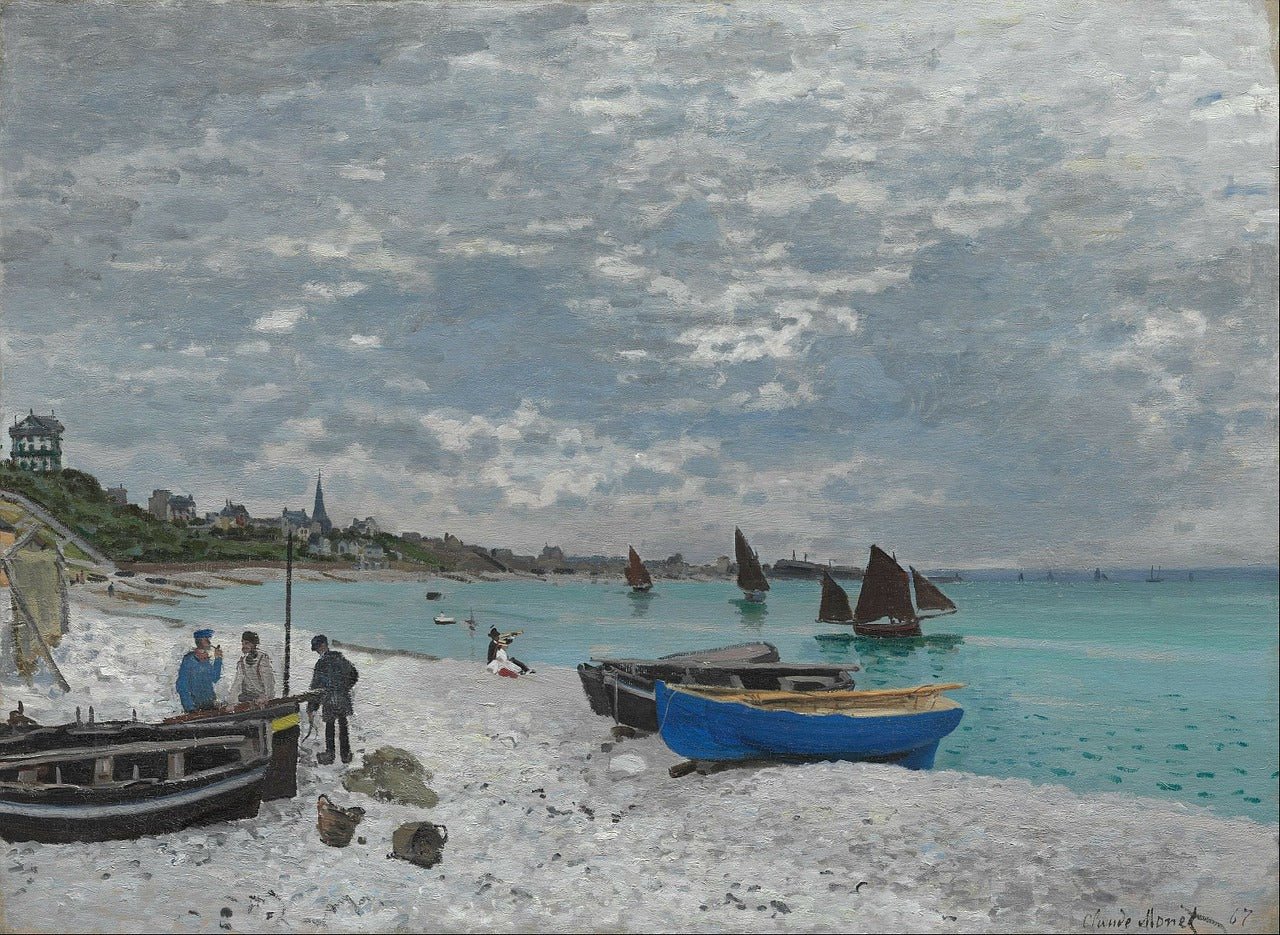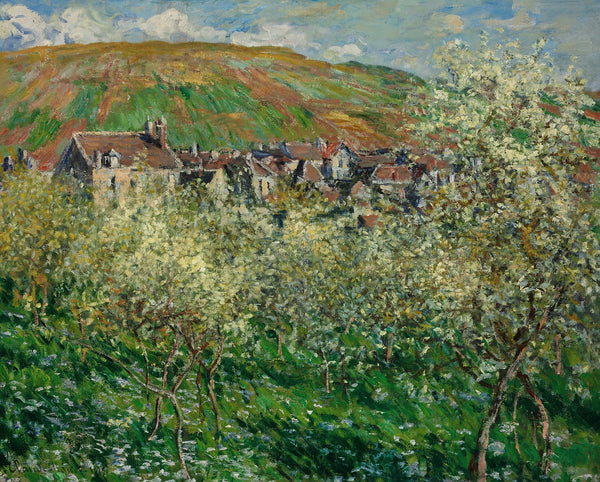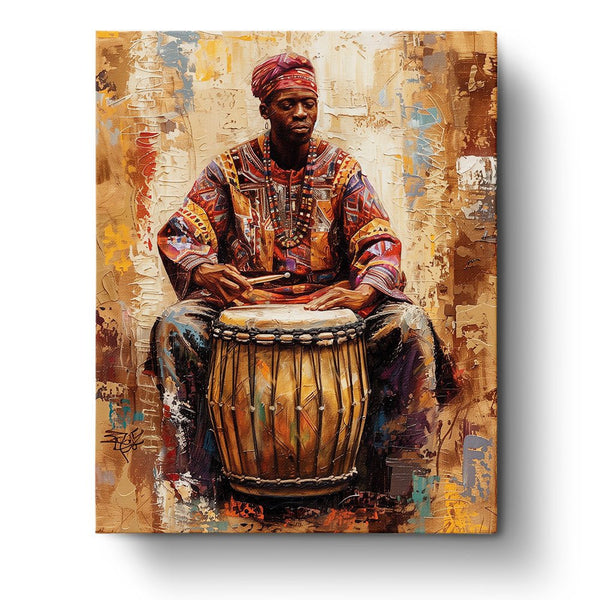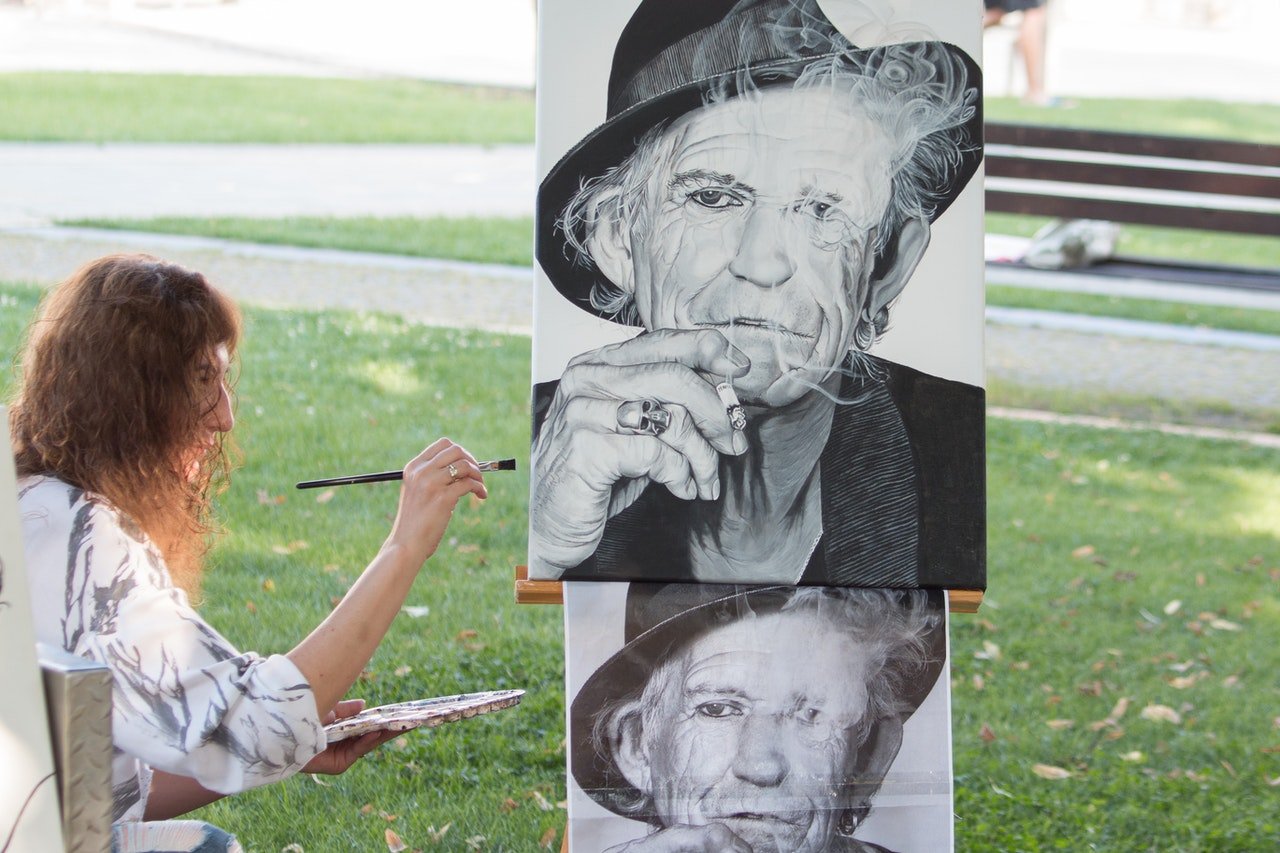
Popular Impressionist Landscapes to Draw Inspiration From
Nature sceneries such as lakes, ponds, the bright blue skies, and a garden of flowers are just some of the common subjects of the Impressionism art movement. Popular impressionist landscapes are not just about the use of brilliant color or the visual analysis of earth and nature as well as the bright sunlight; it is also a tale about the attempt to capture ephemeral scenes.
Embracing all of these, the history of the impressionism art movement speaks of revolt and the development of Modern and Contemporary art, as well as the emphasis on the painter's imagination and initial perception of the world around them. Breaking free from the art norms established during the Renaissance era in the 16th century, Impressionist painters concentrated on properly recreating what they were seeing. The emergence of Impressionism in the 19th century was the death of its predecessor, the Romanticism art movement. This paved the way for a more subjective interpretation of reality on the canvas, which abandoned the tradition of realism.
Artists such as Claude Monet, Pierre-Auguste Renoir, and Camille Pissarro established the habit of en Plein air – a method of painting where artists work outdoors and out of their studios. The signature impressionist style highlights a scribbled distribution of paint, visible strokes of the brush, and innovative use of color was revolutionary, influencing generations of painters. This method of painting influenced generations of artists including Paul Cezanne, Vincent Van Gogh, and Paul Gauguin.


This art style signaled the advent of modern art. Impressionist painters ultimately overshadowed the Realistic portrayal of the world by attempting to precisely depict what they observed. Simply put, Impressionism was the recording of passing scenes around them. Thus, Impressionists departed from the usual by abandoning the conventions and frequently painted outside, capturing genuine aspects of everyday life. Impressionism was first met with a lot of criticism, but it eventually found an audience and inspired a similar trend in music and even in literature.
Get to Know More About Impressionism
Before we take a look at some of the popular impressionist landscapes to draw inspiration from, let us first know more about this art movement. Impressionism emerged in France with a group of Paris-based painters, whose individual exhibits promoted it between 1870 and 1880.
Impressionist art style emphasizes realistic representation of light in its many aspects and unexpected visual perspectives by using very small, delicate, yet noticeable brush strokes, clean colors, everyday subjects, and natural landscapes.
Impressionism is a significant move not just in art history but also in the overall history of Europe in general because it shook European culture to its core by going the unconventional. Rather than following the conventional subject matter of its predecessors such as historical events, biblical scenes, and mythological figures, impressionism depicted simple everyday objects.

The tradition of en Plein air from the Barbizon school of landscape painting included many notable artists and numerous distinct styles as observed in popular impressionist landscapes. This art movement is stretched across all forms, from natural landscapes and still lifes to portraits and narrative scenes. Its portrayal of landscape, on the other hand, was crucial to its development and marks its distinctive contribution to the history of Western art.
Popular Impressionist Landscapes to Check Out
1. Plum Trees in Blossom by Claude Monet, c. 1879:
This artwork was painted in the spring of 1879 in the neighborhood of the painter's home. Monet gives his whole focus to the beautiful nature without the presence of any human subject at all. In the picture, all subjects seem to radiate as if it's coming to life. The image is a brilliant illustration of optical color mixing or the breakdown of natural colors to their basic units. These divided components are perceived by the eye as endless tiny variations of tone.

2. Springtime by Philip Wilson Steer, c. 1904:
This painting is probably the most beloved work by the artist as it shows simplicity in terms of color, tone, dimension, subject matter, and movement. It depicts a playful scenery of three children with a dog in the woods during springtime, as the name suggests. Thus, the brushstrokes highlight the movement of the trees and the breeze of the wind while the green and blue-themed palette suggest serenity and peace.
3. After the Bath, Woman Drying Herself by Edgar Degas, c. 1895:
This artwork is among a collection of drawings, initial sketches, and finished paintings in pastels and oils depicting ladies bathing by Degas. According to Degas, he meant for the observer to experience a different perspective as if they're viewing through a keyhole. The subject is a lady sitting on white towels spread across a chair, with her back visible to the observer. Her torso is arched and somewhat twisted in the sketch, creating an unsteady feeling by showing tension in her back, which is highlighted by the deep line of her spine.
4. Luncheon on the Grass by Édouard Manet, c. 1863:
One of the popular impressionist landscapes known today was once a controversial one. This artwork not only sparked debate but also ushered in a new era of painting. The picture, which depicts two dressed men and two women—one partially clothed and the other naked—picnicking in a grassy grove, has spawned an unlimited number of interpretations. Although Manet did not adopt the classic themes common among his contemporaries and predecessors, he did take some inspiration from them.
Accordingly, the Pastoral Concert and The Judgment of Paris are two 16th-century Italian works of art that directly influenced the design of this painting. This artwork showed Manet's unwillingness to comply with tradition, as well as his introduction of new independence from old topics and means of depiction, which might be seen as the starting point for modernism.

5. Still Life with Cherries and Peaches by Paul Cézanne, c. 1885-1887:
Paul Cézanne's dynamic, twisted paintings and sketches paved the path for modern and twentieth-century art in general. He created a technique that employed brilliant color schemes and finely applied brushwork of varied textures to create a feeling of depth across the image in brilliant landscapes, dramatic figures, and intricate still lifes. In this painting that depicts fruits and kitchen objects, Cézanne showed a still life with an interesting choice of colors, a play of light and shadows, as well as varied brushstrokes to imply different textures.

6. The Beach at Sainte-Adresse by Claude Monet, c. 1867:
Monet created a lot of popular impressionist landscapes so it's worth mentioning another one in this article. This other half of his collection (the other one is called Regatta at Sainte-Adresse which was painted in the same year and location), depicts a cloudy summer day. The gray tonalities of the sky, ocean, and beach successfully portray the cloudy day. A greater focus is also placed on the painting surface, with quickly applied color touches that effectively highlight the image rather than outlining it.


Final Insights
If you’ve been wanting to try something new for your next painting project, Impressionism is a great art style for you to try. With the unique application of brushstrokes, interesting color choices, and a landscape viewpoint, this art style can help you improve your painting skills. Which among these popular impressionist landscapes from the list above is your favorite? Let us know! Don’t forget to check out other works of Impressionists so that you can learn more about the style and apply it to your canvas.




